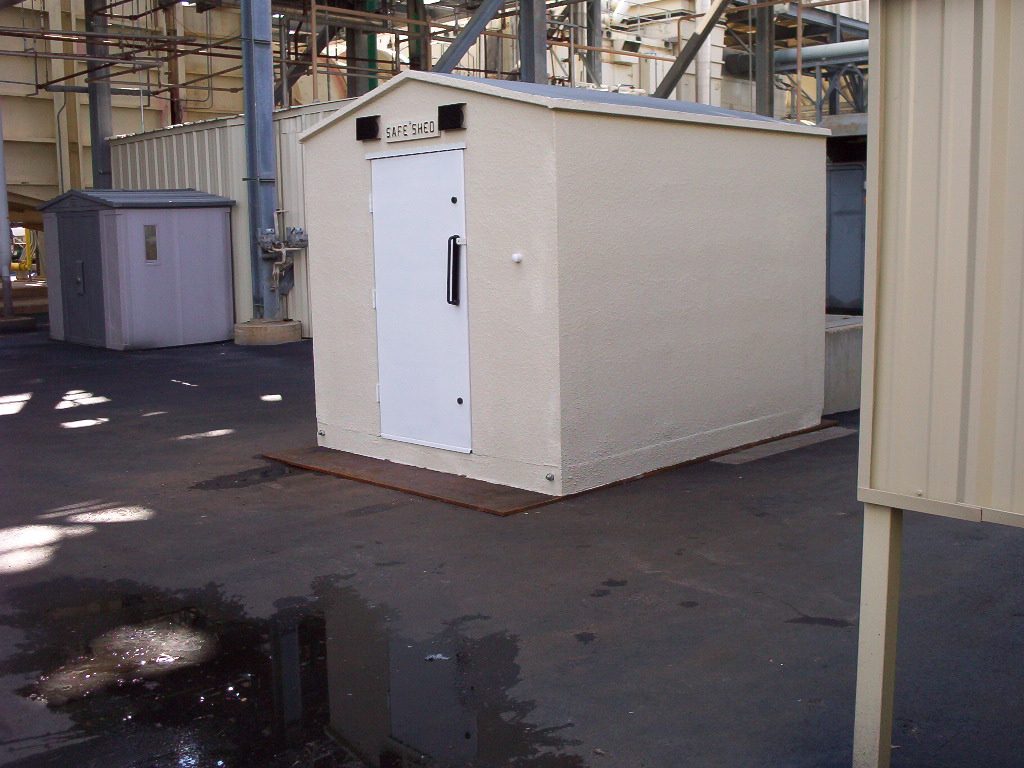Natural disasters, particularly tornadoes and hurricanes, pose a significant threat to both residential and industrial environments. Above-ground storm shelters are essential in providing safety and security during such events. Understanding the features, specifications, and benefits of these shelters can help you make informed decisions about storm preparedness.
Key Features of Above-Ground Storm Shelters
Above-ground storm shelters are designed with critical features to ensure maximum protection. Pro Storm Shelters, for instance, incorporate specific structural elements that make them highly reliable:
- Weight and Capacity: These shelters weigh 24,000 pounds and can accommodate up to 16 people, providing roughly 5 square feet per person.
- Dimensions: The exterior measures 8’ x 10’ x 8’4”, offering ample space for occupants.
- Safety Features:
- Emergency escape hatch
- Ventilation shafts
- Heavy-duty door (weighs 250 lbs)
- Construction: Made with 4″ thick steel walls, the shelters exceed FEMA 320/361 and NSSA standards.
- Testing and Compliance: Shelters have undergone rigorous testing and comply with ICC 500/NSSA standards, having been tested in Lubbock, Texas, at Texas Tech University.
“Pro Storm Shelters are built to withstand wind speeds up to 250 mph, ensuring safety during severe weather events.”
Installation Benefits
One of the major advantages of above-ground storm shelters is the ease of installation. Unlike underground options, which may require extensive excavation and concrete pouring, these shelters can be installed quickly and efficiently. The process typically takes around two hours and does not necessitate concrete pads or digging, thus minimizing disruption to your facility.
- No Excavation Needed
- Quick Installation
- Minimal Facility Disruption
The Role of Above-Ground Shelters in Emergency Preparedness
Effective emergency preparedness is vital for industrial and commercial facilities. Above-ground storm shelters provide a practical solution for ensuring the safety of employees during natural disasters. Developing a comprehensive emergency plan that includes these shelters can significantly enhance workplace safety.
“Having a solid emergency preparedness plan in place before a catastrophe hits can mean the difference between chaos and safety.”
Compliance and Testing
Quality and reliability are paramount when it comes to storm shelters. Pro Storm Shelters have been subjected to third-party reviews and testing, ensuring they meet strict safety standards. They are compliant with:
- FEMA 320/361 Standards
- NSSA Standards
- ICC 500/NSSA Testing: Conducted in Lubbock, Texas, at Texas Tech University.
These certifications and tests guarantee that the shelters can protect occupants during tornadoes, hurricanes, and other extreme weather conditions.
Planning Ahead
When safeguarding your facility, the importance of planning cannot be overstated. Tornadoes and extreme weather events are often unpredictable. By investing in above-ground storm shelters, businesses can take proactive steps to protect their workforce.
Conclusion
Above-ground storm shelters are a crucial component of any comprehensive emergency preparedness plan. Their robust construction, ease of installation, and compliance with stringent safety standards make them an ideal choice for industrial and commercial facilities. By prioritizing the safety of employees and preparing ahead, businesses can mitigate the risks associated with severe weather events.



